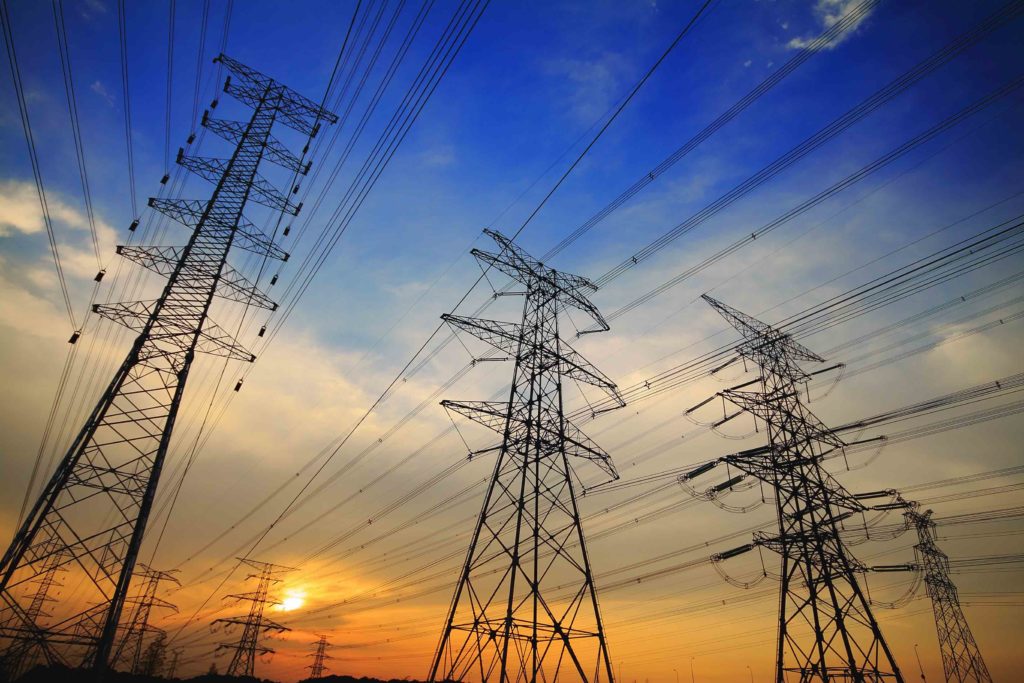Whenever The Stemwinder has some free time, the best use of that time is to read. When it is time for futuristic out of the box thinking, science fiction is the genre of choice. Whether old-school Isaac Asimov, or contemporaries like William Gibson and Neil Stephenson, science fiction writers have been better predictors of the future than most self-proclaimed futurists. And from time to time, a serious nonfiction book on science or technology comes along that is both educational and entertaining. So it is with Dr. Gretchen Bakke’s recent book, The Grid.

We’ve all seen them — transmission lines marching across the landscape, linked by cables delivering electric power from generation to consumer. How did they get there? Where does my electricity come from? And whose bright idea was it? Those are the questions Dr. Bakke answers, through the lens of a social scientist and historian, combining advances in technology with a cast of characters right out of a James Bond novel.
Dr. Bakke first presents the history of how the grid came to be — how early innovators like Tesla and Edison developed local generating capacity to serve an also-local consumer market, often in a tightly constrained urban location. The early grid was a one-directional system, feeding from a single generating station to well-understood and generally static points of consumption; our current concept of multiple generators being ‘dispatched’ to a grid, and consumer-centric reliability and pricing, came much later and in an almost haphazard manner. Today, our grid faces a new challenge of bi-directional supply and demand as rooftop solar and distributed generation can push back into the grid at times, while drawing from it at other times.
Why is all this social anthropology stuff interesting? The electrical engineer could look at the problem analytically – what is the optimum siting of generation, and the proper range of power-factor correction to get VARs converted to watts (note to math majors: use imaginary numbers here). Voltage drop, frequency stabilization, and conductivity losses are all important and calculable results of a network analysis. But once that is done, it has to fit into the real world – where people want power lines far away and invisible, generation of electrons according to their personal choice of source, and all of that available on demand and at low cost. Dr Bakke’s book gives insight into those constraints, and she spares no criticism for entrenched interests in utility companies nor for overly-simplistic renewable energy advocates. Everything has to fit into the world we have, even if we aspire to a world the way we wish it could be.
Recommendation: Read this book if you are interested in the history of the US electrical grid and its future path.